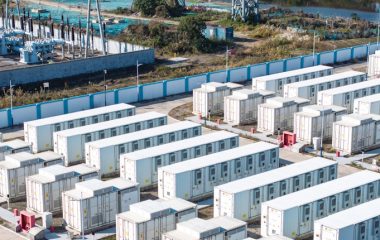Pannonian Plain countries, excluding Hungary, do not use enough of their geothermal potentials due to high costs of research, drilling, introduction of new technologies, purification systems and protection, Marian Constantin Vasile, representative of the Assembly of European Regions, said at the Geothermal Energy Days 2015. This international institution organized the event in Novi Sad in cooperation with Serbia’s Autonomous Province of Vojvodina.
The international conference was held from May 21 to 23 and gathered more than a hundred experts. The simple point is that 1 MWh of heating energy produced from gas costs EUR 72, while the same amount of energy from geothermal water is EUR 35, Milivoj Vrebalov, Vojvodina’s head of parliament, told RTV Panonija.
Provincial mining and energy secretary Nenad Stanković said 78 wells were dug in the area from 1969 through 2008 by Naftagas, subsidiary of NIS, oil industry of Serbia. He added not many of them are being utilized, while their overall potential is more than 70 MW. Energetskiportal.rs quoted him as saying 200 to 300 meters underground there are geothermal resources of 280 MW which could be exploited through heat pumps, while the capacity within urban zones is 215 MW. Stanković said that his secretariat granted over RSD 40 million (EUR 331,000) for co-financing a geothermal atlas and studies for a rig in Bečej and for the utilization potentials in Vojvodina.
Igor Korać from NIS said the company owns 75 wells, from which 12 are still used. He named examples of spas of Kanjiža and Junaković (Apatin) and the Mladost sports center in Bečej, which use geothermal water for heating.
Okan Tüysüz, professor at Istanbul Technical University, said Turkey introduced a law in 2007 that enabled using geothermal heat for generating electricity and district heating, which marked the start of massive private investments.
Seibt: Once a well is drilled, a stable energy price is secured for the next two decades.
Peter Seibt, general manager of German company GTN, said geothermal energy is the purest and most sustainable, though expensive in the early stage, and added this source’s share in his country’s energy system is 5% and rising. “Once you drill a well, we can freely say that a stable energy price is secured for the next two decades, because there shall be no alteration of commodity price in energy generation,” Seibt underscored. He stated Serbia can be compared to Germany by reserves and availability of the energy source.

















